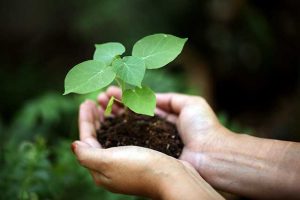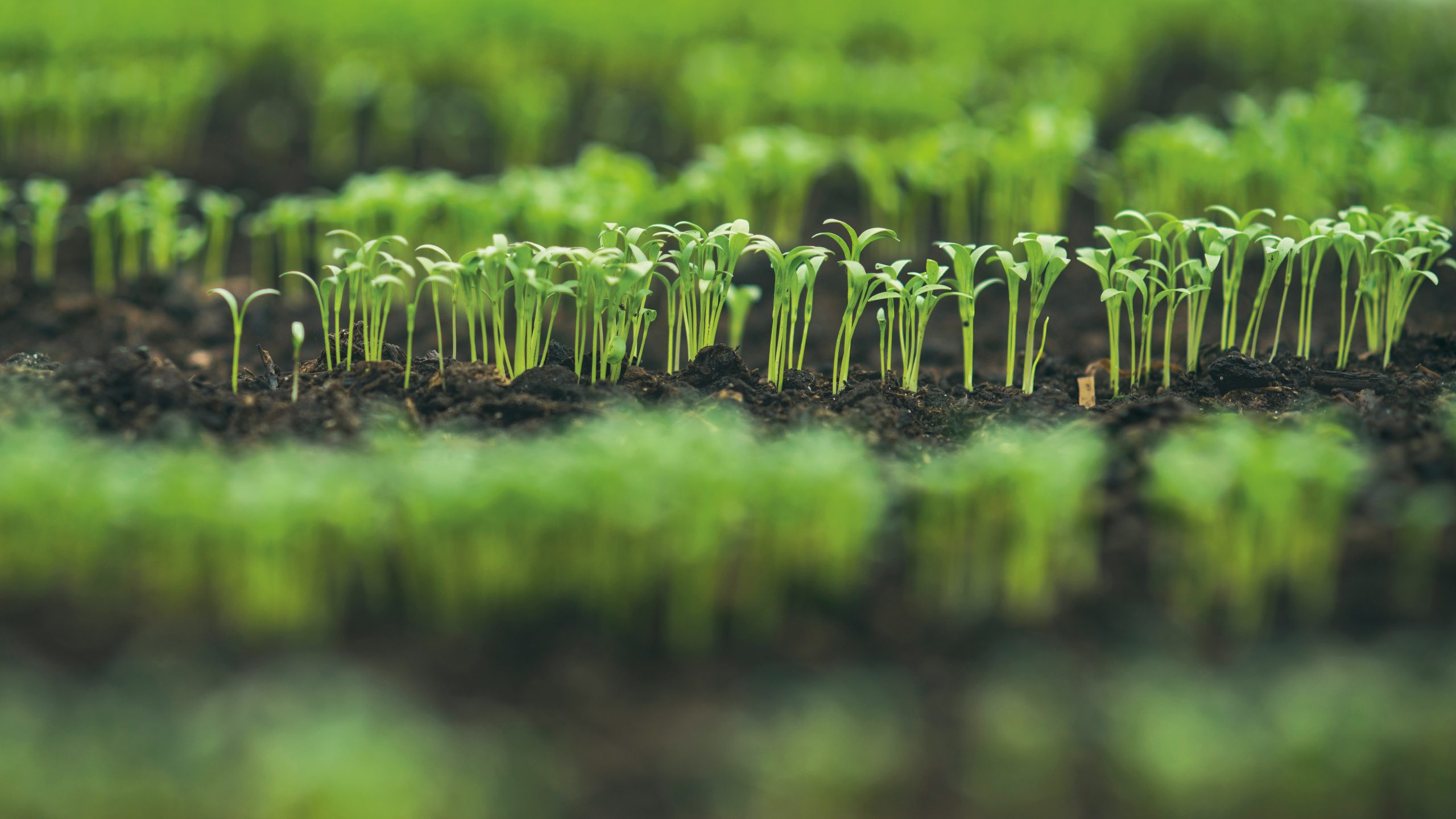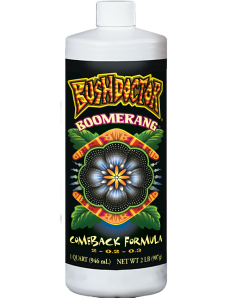Spring is right around the corner and the gardener in each of us is getting anxious to feel the soil between our fingers once again. Have you ever held life in the palm of your hand? Seeds are actually immature plants surrounded by a protective coating. All of the genetic makeup the plant needs to grow and thrive is contained in that tiny creation from Mother Nature.
Biology
When given the right balance of water, warmth, and light a seed can morph from a non-descript little ball to a luscious plant in as little as a few days. Every seed has different requirements for germination, but once these requirements are met, the seed absorbs, orimbibes water, triggering a series of physiological changes resulting in the emergence of the first root, known as the radicle. This is quickly followed by the stem of the plant, or the hypocotyl, and then the cotyledons. Cotyledons are the first set of leaves that are full of stored starches used to feed the developing seedling while the roots and true leaves are developing. Once the first set of true leaves develop, your seedling is well on its way!
Sounds easy, right? It really is, as long as you can provide the proper environmental conditions for your growing seedling.
Containers

Seeds can be started in a wide variety of containers. There are seed-starting trays with small cells that allow you to start a large number of seeds in a small amount of space. If space isn’t an issue, then you may want to consider up-cycling your plastic yogurt container or the plastic cups from last Saturday’s party. Whatever you choose, make sure there are enough holes in the bottom of the container to allow for sufficient drainage.
Soil
One of the most important supplies you will need is a seed-starting medium. A good medium will be light and fluffy to allow for excellent drainage, and contain just enough nutrition to get your seedling off to a great start. Light Warrior® Seed Starter was designed to promote an environment beneficial to seed germination and root development. It includes soil microbes that can help enhance root efficiency and encourage nutrient uptake. We’ve also included earthworm castings, a gentle source of nutrition for seedlings and small plants.
Be sure to pre-moisten your Light Warrior® before placing it in the container. It should be just moist enough that you can squeeze it in your fist and it can loosely hold together, but not so wet that water squeezes out.
Seeding
Once you have filled containers, it is time to get down to business! When it comes to hemp, vegetables, and flowers, there is a huge variance in the size of the seed. It is important that each seed be planted to the proper depth for good germination. Most seed packets come with specific instructions, but as a general rule of thumb, seeds should be planted twice as deep as the seed is long. For example, if the seed is ¼” long, then it should be planted at a depth of ½”. As with most things in life, there are exceptions to the rule, so take care to read up on your plants’ specific needs. Once in the soil, be sure to cover the seeds with your moistened seed starting mix and lightly tamp down on the media and water it in. Water lightly so you don’t displace the seed. Taking these small extra steps ensures good seed-soil contact, which is crucial for the seed to imbibe water and begin the germination process.
Environment

Your seeds are now happily ensconced in their new home! Now what? We have to make sure their environmental needs are met. One of the benefits of starting seeds indoors is the ability to control the growing environment. Most hemp and vegetable seeds require relatively warm soil temperatures in the range of 70 to 80 degrees Fahrenheit to germinate (check your seed pack for exact requirements). If the soil temperatures are too cool, you will have poor germination and increase the likelihood that your seedlings could succumb to damping off pathogens. You can always use a seedling heat mat to warm the soil if the ambient temperature in your environment is a bit cool.
The media should be maintained “evenly moist” while germinating the seeds. That is a pretty ambiguous term widely used to mean “somewhere between wet and dry.” The easiest way to achieve this is by pre-moistening the soil before placing it in the container and then using a spray bottle to mist the soil surface to maintain the moisture level. Covering the soil with a clear, plastic grow-dome or tented plastic wrap is a great way to keep humidity levels high, which will help maintain a moist soil surface.
Lighting

Once your seeds germinate, they will begin to rely on the power of the sun to create food and energy for themselves to grow and thrive. In nature, hemp and most garden plants grow in full sun. It can be tough to get enough light (12 to 16 hours) to your developing seedlings if merely relying on the ambient light coming through a window, especially if your winter and early spring days are marked by rain and snow. How do you know if your plants aren’t receiving enough light? The seedlings will begin to lean and stretch towards the light source, which can cause weak-stemmed plants that will not handle the rigors of outdoor growing as well.
Artificial lighting can emulate the sun and provide all of the energy your plant needs. For seedlings, fluorescent lighting is an inexpensive option. However, there are a wide range of options that include LED lights and different types of HID (High Intensity Discharge) lighting. Make sure to talk to your local garden center or hydro store to find the lights that will work best for your environment and your budget.
Fertilizer
So now you’ve got a tray full of beautiful tiny plants, congrats! Just like all creatures on this earth, they will need to eat. Our OMRI listed and CDFA registered Big Bloom® Liquid Plant Food is a great source of gentle nutrition for your new plant babies. Don’t let the name fool you, Big Bloom® does much more than encourage blooming. It contains bat guano, earthworm castings, kelp, and some other goodies to encourage root formation. Apply at a rate of 1 tablespoon per gallon of water every other watering during the seedling stage.
Additionally, you should consider giving your plants a dose of Bush Doctor® Boomerang®, our Comeback Formula. Bush Doctor® Boomerang® contains solubilized macro- and micro-nutrients, as well as mycorrhizal fungi. The four Glomus spp. of mycorrhizae help support the root zone while the nutrients provide your seedlings with enough sustenance to support vegetative growth. Apply at a rate of 1 teaspoon per gallon of water every other watering either on its own or in conjunction with Big Bloom®.
Hopefully you now have a robust crop of seedlings ready for transplant into their new homes. If you have any questions, please give us a call! Our Product Support Team can be reached at (707) 443-4369 or cu*************@*****rm.com. May the Fox Be With You!






